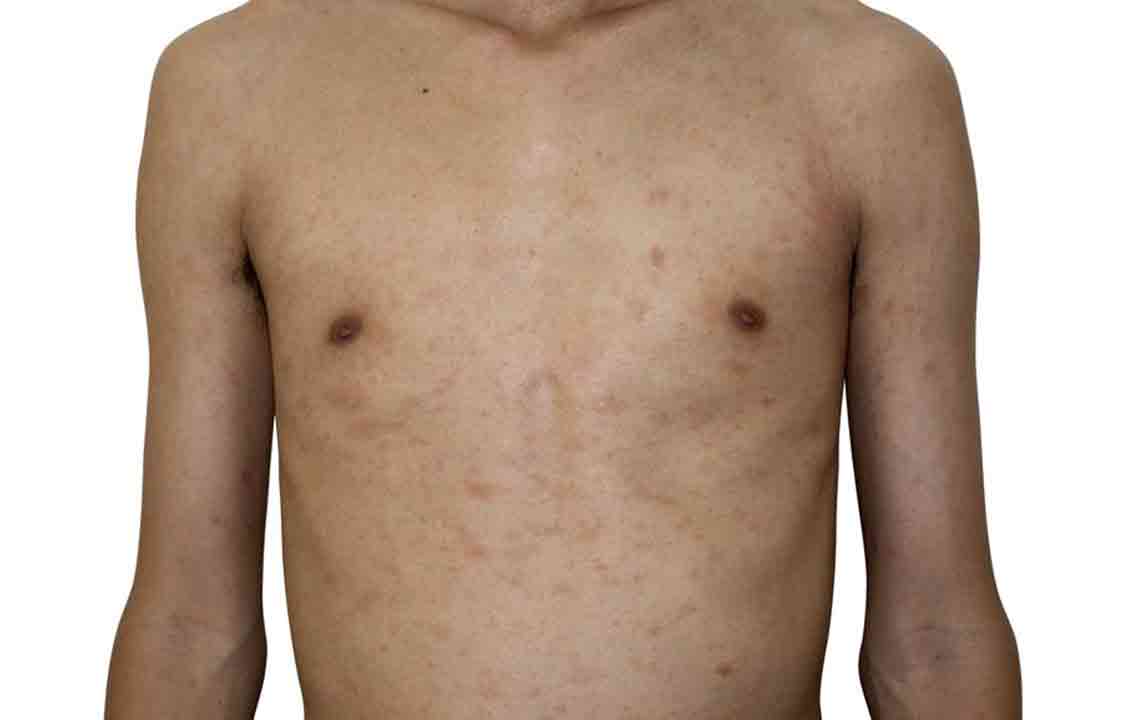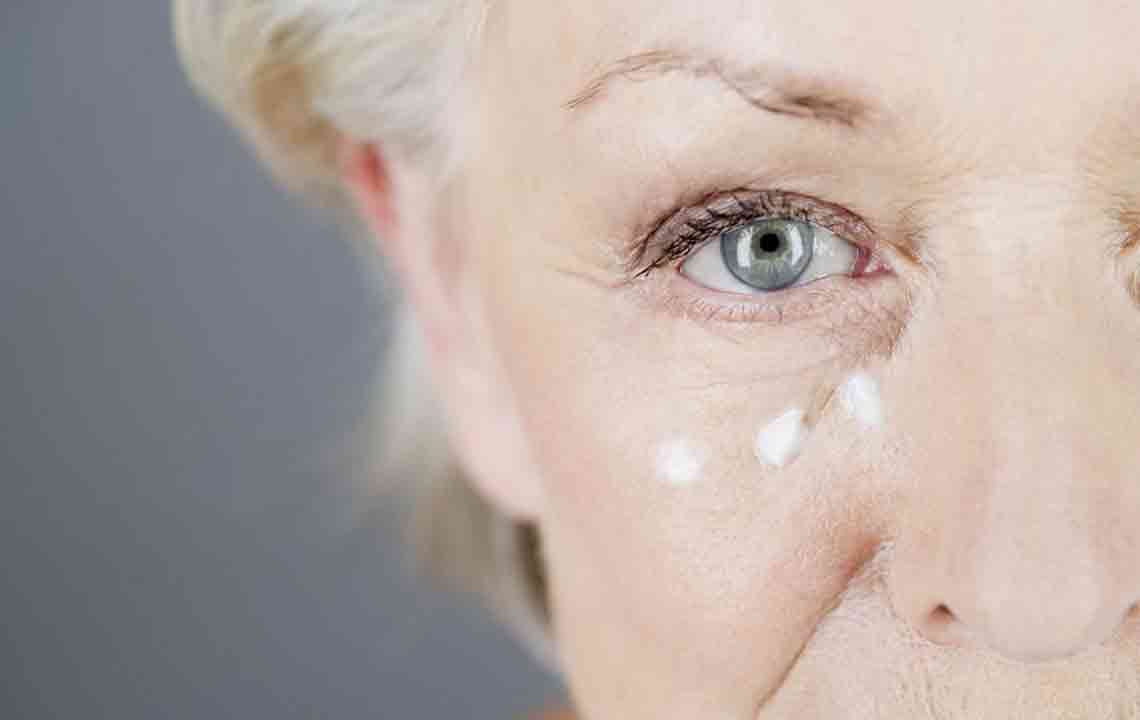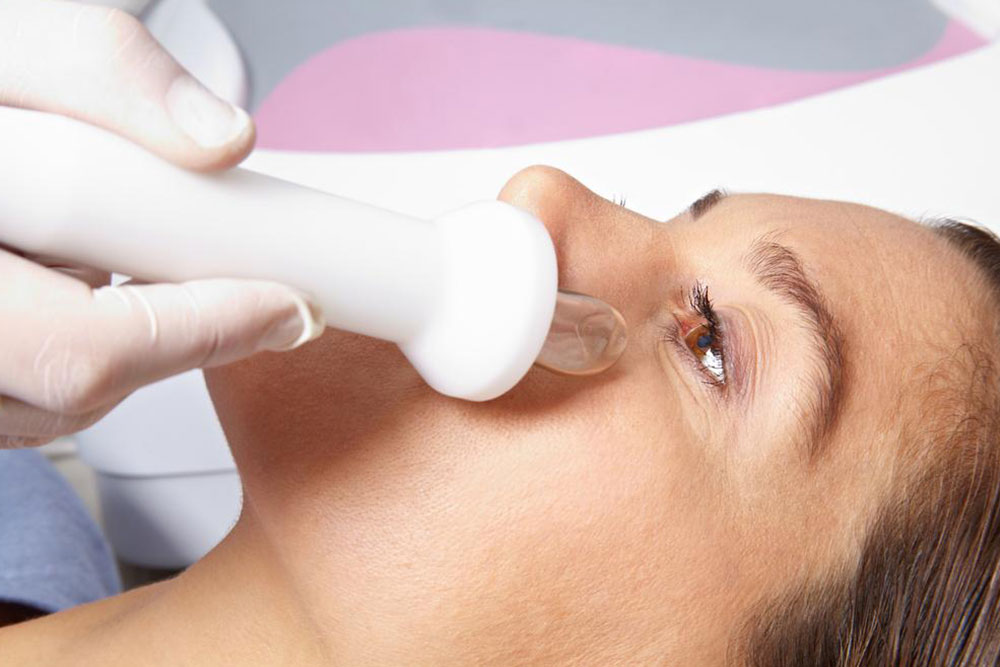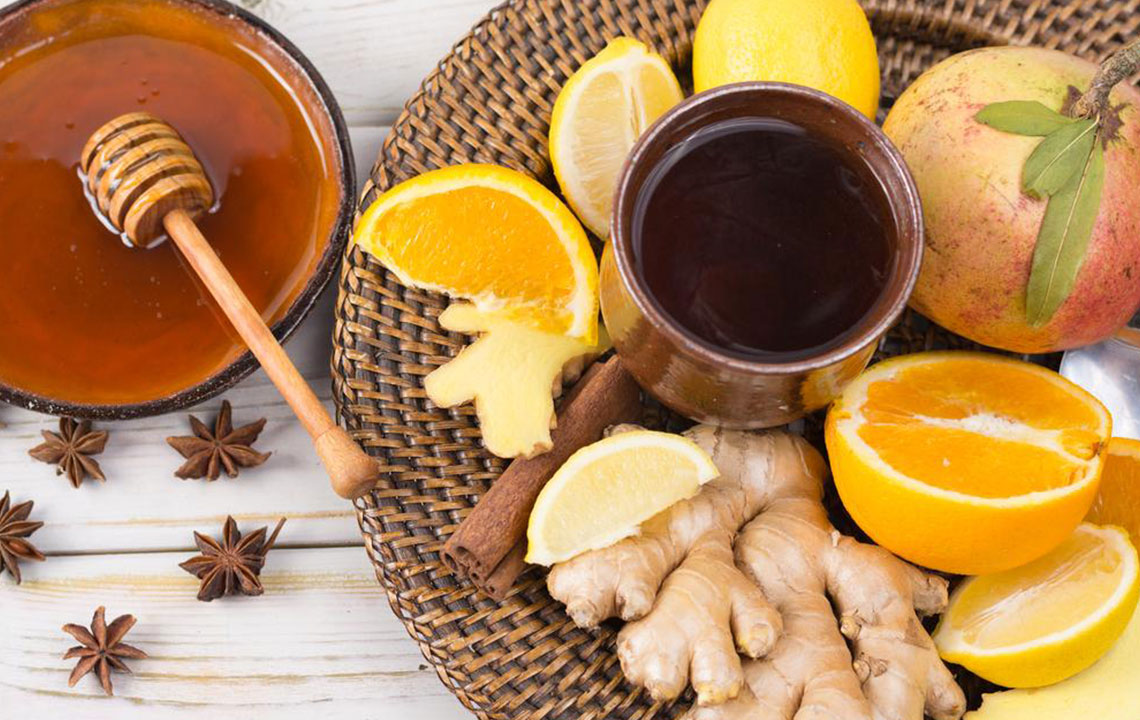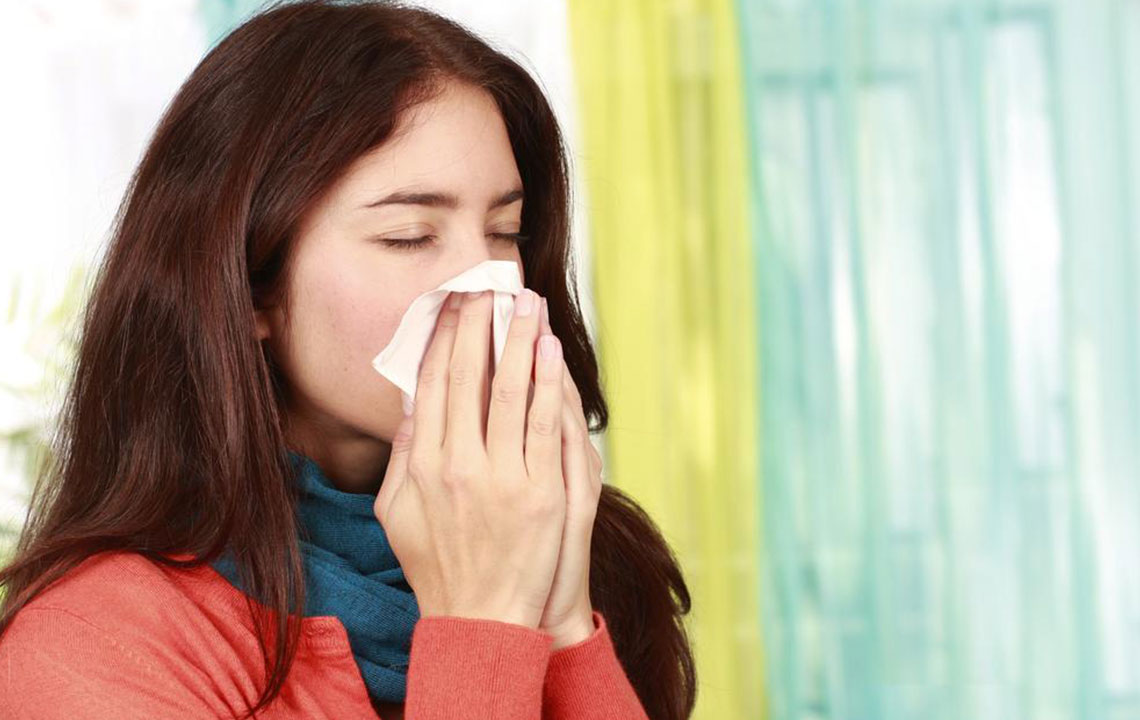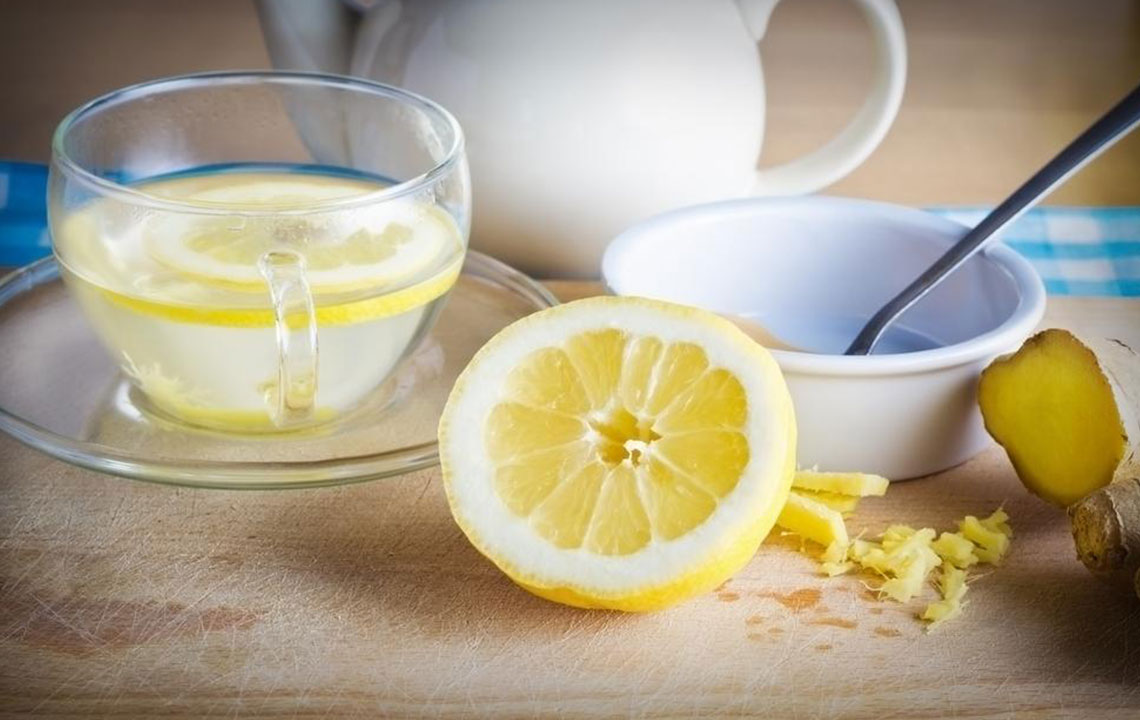Comprehensive Guide to Reducing Under-Eye Swelling and Puffiness
Discover effective natural and professional methods to reduce under-eye swelling and puffiness. This comprehensive guide covers home remedies, lifestyle changes, and cosmetic procedures to help you achieve a refreshed appearance. Learn how to incorporate foods, skincare routines, and sleep habits for optimal results and banish tired-looking eyes.
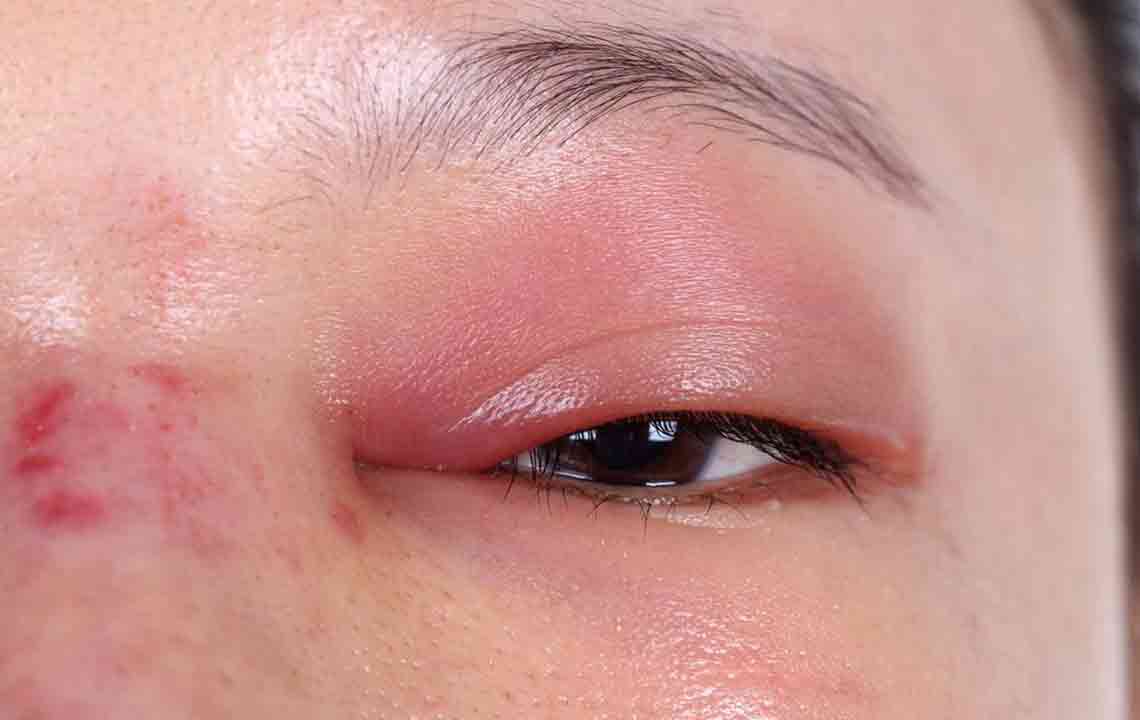
Effective Strategies to Minimize Under-Eye Puffiness and Swelling
Are you gearing up for a special event and worried about persistent under-eye bags? Sometimes, makeup alone doesn't hide the puffiness, leaving you feeling self-conscious and eager for natural solutions. Under-eye swelling is a common concern affecting a diverse range of people, regardless of age or gender. Understanding the underlying causes—such as aging, allergies, seasonal variations, or lifestyle factors—is essential to effectively combat this issue. Recognizing the factors behind puffiness can help tailor the right treatment approach, whether it's lifestyle adjustments, skincare routines, or professional procedures. This comprehensive guide explores practical, proven methods to reduce under-eye swelling, ensuring you look refreshed and confident for any occasion.
One of the simplest and most effective home remedies involves using chilled herbal tea bags, particularly green tea, because of their potent anti-inflammatory and antioxidant properties. Placing frozen tea bags over closed eyes for about 15 minutes can significantly reduce swelling and soothe tired eyes. The cooling effect constricts blood vessels and diminishes fluid retention around the delicate eye area. Additionally, reducing salt intake helps prevent water retention, which is a major contributor to puffiness. Incorporating fresh vegetables like celery into your diet can help curb salt cravings naturally, supporting overall eye health. For a tightening effect, applying an egg white mask, which is rich in proteins, can help firm skin tissues and diminish puffiness. Let it sit for 15-20 minutes before rinsing off for best results. Essential oils such as lavender and rosemary, when diluted with water and applied gently around the eyes, can also soothe allergies and reduce swelling thanks to their anti-inflammatory properties. For quick, temporary relief, pressing a chilled metal spoon or immersing your face in ice water can immediately tighten the skin and reduce swelling.
Optimizing sleep habits and positioning plays a crucial role in managing under-eye puffiness. Sleeping on your back with your head slightly elevated using extra pillows prevents fluid from pooling around the eyes overnight. This simple adjustment helps reduce morning swelling. For more advanced treatments, professional procedures like dermal fillers containing hyaluronic acid can provide a rejuvenated, plumper appearance to the under-eye area, though these should be performed by licensed dermatologists or cosmetic surgeons to minimize risks. Incorporating regular facial exercises can enhance blood circulation, tone muscles, and reduce signs of aging that contribute to puffiness. Gentle facial massage techniques can also promote lymphatic drainage, helping to dispel excess fluid and decrease swelling. Moreover, limiting screen time and incorporating regular breaks from digital devices prevents eye fatigue, which is often linked to puffiness and tired-looking eyes. Managing environmental allergens and staying hydrated by drinking plenty of water complement these strategies, promoting a healthier, more vibrant eye area.
